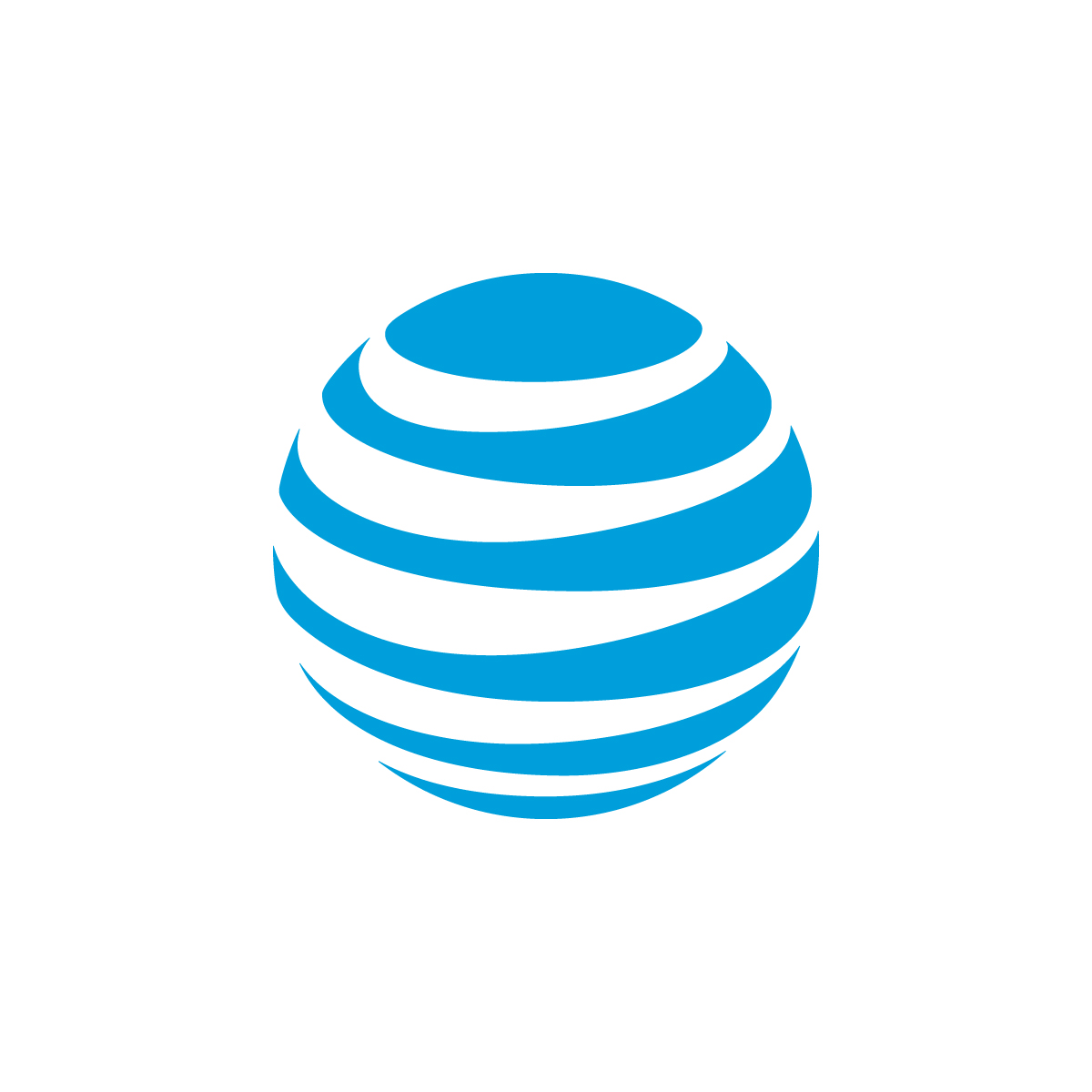More Connected Devices. Increased Efficiency. Fewer Resources.
More Connected Devices. Increased Efficiency. Fewer Resources.
Twenty-two million. That is the staggering number of Internet of Things (IoT) devices that are now connected by AT&T across the world. During the first quarter of this year, AT&T connected 70 percent more smart devices than the same quarter a year ago and there’s no projected slowdown. In fact, according to IDC, the market for IoT is expected to nearly triple to $1.7 trillion by 2020.
The possibilities for connected technology seem to be never-ending. And, beyond some of the obvious benefits, companies and individuals alike are realizing that connected technology can help preserve natural resources and improve efficiencies.
AT&T is working to foster these benefits for businesses and communities through a variety of projects, including:
- AT&T Smart Grid – AT&T is helping to modernize utility systems with wireless connections to smart grid devices, such as Smart Meters to help make energy grids more efficient and reliable.
- AT&T M2X – Sensor technologies like M2X connect devices through a cloud-based data storage service. It lets companies collect and analyze data, and improve performance – from trucks and turbines to vending machines and freight containers.
- Connected Cities – In the future, traffic lights will help to reduce idling in traffic jams by communicating with connected cars about trouble spots, lampposts will detect flood zones and air quality, and leaks in city water pipes will be detected and corrected faster to prevent water waste.
- Connected Homes – A connected home can remotely turn off lights and change the thermostat, thereby saving energy and money.
Get a glimpse of the endless possibilities of our connected society in this post by Ralph de la Vega, AT&T’s President and CEO of Mobile & Business Solutions.
For more information about AT&T IoT visit www.att.com/IoT and follow the IoT conversation on Twitter: @ATT, #ConnectedLife.



